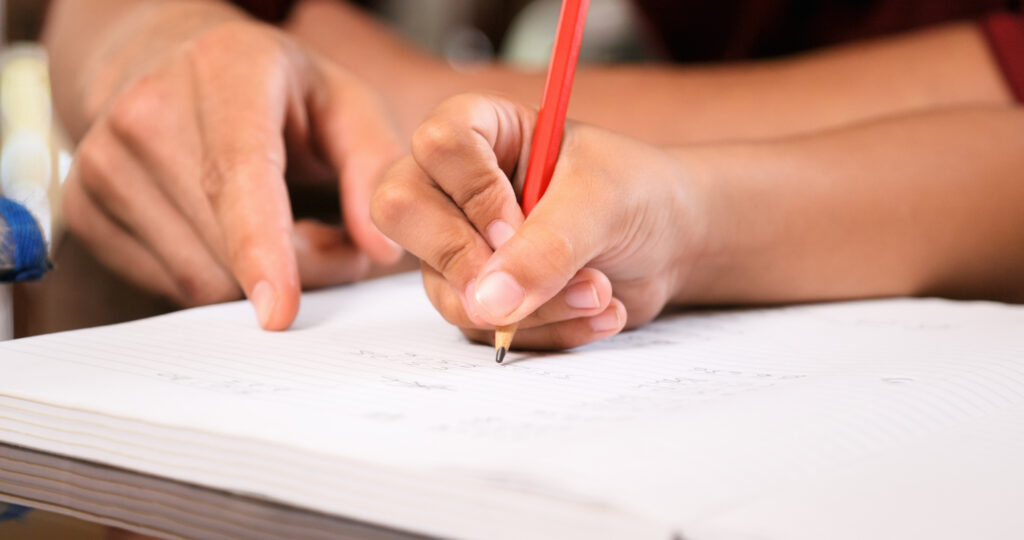
As far as most students are concerned, editing is the most insignificant part of writing. But this common misconception always costs students. Failure to proofread and edit can diminish the quality of your essay.
Yes, editing is tedious and annoying

But these days, you don’t have to endure hours of manual editing. Grammar checkers and editing tools can help you adjust your essay in record time.
However, don’t rely solely on these automated tools. Even though they can spot spelling errors, they can’t fix your citation and structural inconsistencies.
This article will discuss the technical aspects of editing and highlight the crucial editing tips for A-grade essays.
Essay Editing Overview
Essay editing is a painstaking process aimed at fixing errors, misspellings, and structural blunders in your writing. Most times, people confuse proofreading for editing. However, proofreading is the final stage in essay editing.
Why Should You Edit Your Essay Carefully?

Students always hate the editing process. After all, why waste time when you have already completed the essay?
Well, submitting an essay without applying edits is a sure way to amass penalty points. And publishing an unedited final draft opens you up to embarrassment.
Besides, you need to confirm the information and sources mentioned in the paper. Remember that false citation is tantamount to plagiarism. So, always conduct a thorough edit before submitting any piece of writing. Alternatively, you can order essay editing services on essayservice.com and be sure your essay earns an A.
Here are the various types of editing:
Structural Editing
When writing an essay, we often place paragraphs as they occur to us. So, structural editing helps you evaluate the logical flow of the paper and make adjustments where necessary. After completing the initial draft, you need to go through the document to adjust the arrangement of facts.
Tone Adjustment

Your mood when writing a paper affects your expression of ideas. Sometimes, students forget that they are writing an academic paper. They use informal language and personal pronouns in the essay. Therefore, this editing style allows you to spot the use of inappropriate delivery tones.
Content Editing
Academic writing prioritizes the accuracy of presented data. So, you need to verify every quote, citation, and data source.
Proofreading
This editing stage involves going through the final draft to correct common spelling mistakes and errors. Proofreading usually ends the editing stage.
10 Tips for Editing Your Essay

Editing is an easy job that can get complicated without proper planning and approach. Check out these expert tips to help edit your essays better.
Don’t Edit in a Hurry
One bad habit students exhibit is editing immediately after writing. And this is often a result of leaving essays to the very last minute.
Expert editors recommend walking away from the laptop after writing. You can start editing after a few hours or even days.
This break gives you a refreshed horizon and rejuvenates your focus to spot errors better.
Crosscheck Your Sources and Citations

Go through your sources and citations to make sure they are accurate. If you are writing a data-intensive paper, go through every number and figure to make sure they are factual. And if your essay contains quotations, confirm the speaker’s exact words.
Look Out for Common Mistakes
When you are writing in haste, “you’re” becomes “your,” and “affect” turns to “effect.” Even if you are too careful to make these common mistakes, auto-correct can set you up. So, be on the lookout for these common spelling errors.
Don’t Get Married to Words

When writing essays, students often fall into the hole of using big words to impress rather than express. This practice is called Thesaurus carpet bombing, and teachers hate it. Always check the meaning and usage of words before adding them to your essay. To be on the safe side, use simpler alternatives. Don’t embarrass yourself.
Make Structural Edits
Don’t limit your edits to spelling errors. Go through the essay in one thorough sweep and spot structural inconsistencies. Rearrange paragraphs and choose better transitional words and phrases for impact. In essence, ensure that the paper flows seamlessly and is easy to understand.
Adjust the Tone

During the structural editing, you should also focus on the tone. Ensure that the essay’s style is appropriate for academic writing. Get rid of slang and colloquial expressions from your paper. And ultimately, keep your paper’s tone formal.
Fix Style Inconsistencies
Every academic essay has specified formatting styles. If you write an essay in MLA instead of APA, your instructor will penalize you. So, correct the in-text citations and Works Cited (References) page according to standard formatting guidelines.
Read Aloud

When you complete the editing process, go through the paper one last time. Read the sentences aloud to hear how it sounds to others. This technique is useful when writing narrative and descriptive essays.
Ask a Friend to Proofread
In the words of Stephen King: “Write with the doors close; rewrite with the doors open.” Essentially, your editing process should “open the door” to the rest of the world. If you are unsure of the tone and delivery, send the paper to a friend to read and give you feedback. This extra pair of eyes often spot mistakes missed during the final editing stage.
Use Proofreading Tools

Automation is here to make your life better. So, use reliable grammar checkers and proofreading tools to polish your writing. Grammarly and Hemingway App are some of the most famous editing tools. However, don’t rely on them entirely for the editing. Always proofread manually before submitting.
Conclusion
Editing is a vital part of essay writing that involves polishing the text and getting rid of errors. You also need to crosscheck every idea and information source in the essay.
Moreover, don’t ever edit in a hurry. Separate yourself from the text briefly to freshen your horizon before editing. Don’t be afraid to whittle down the essay by removing unnecessary text fragments. And fix the paper’s tone and formatting style with advanced editing tools.
And once you finish the editing, read the paper aloud to yourself. And if possible, ask for a friend’s opinion.











